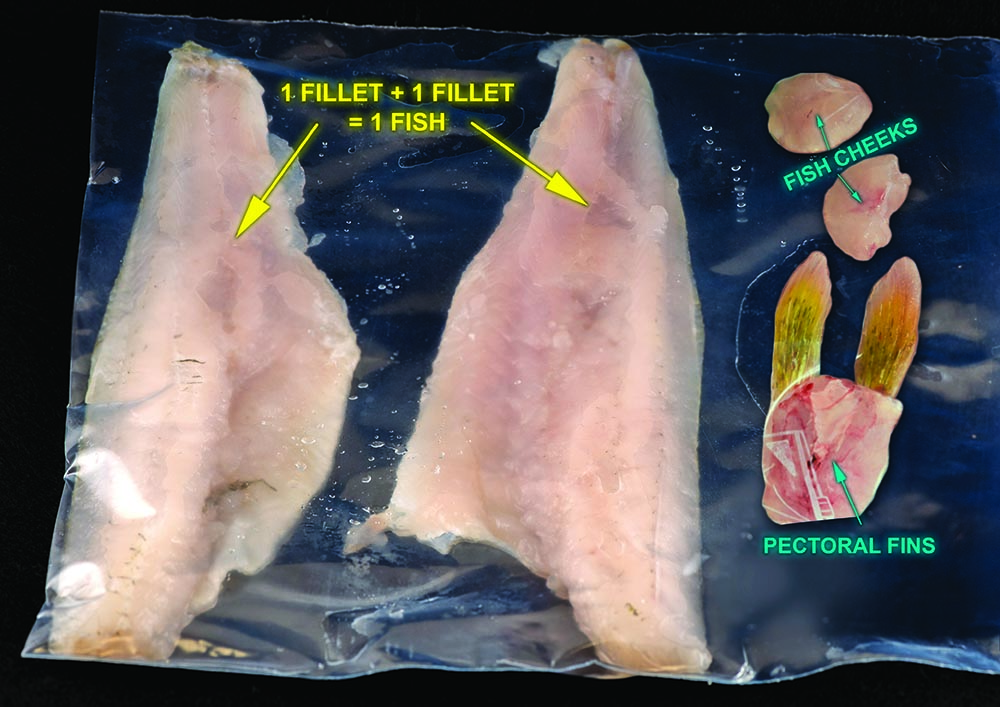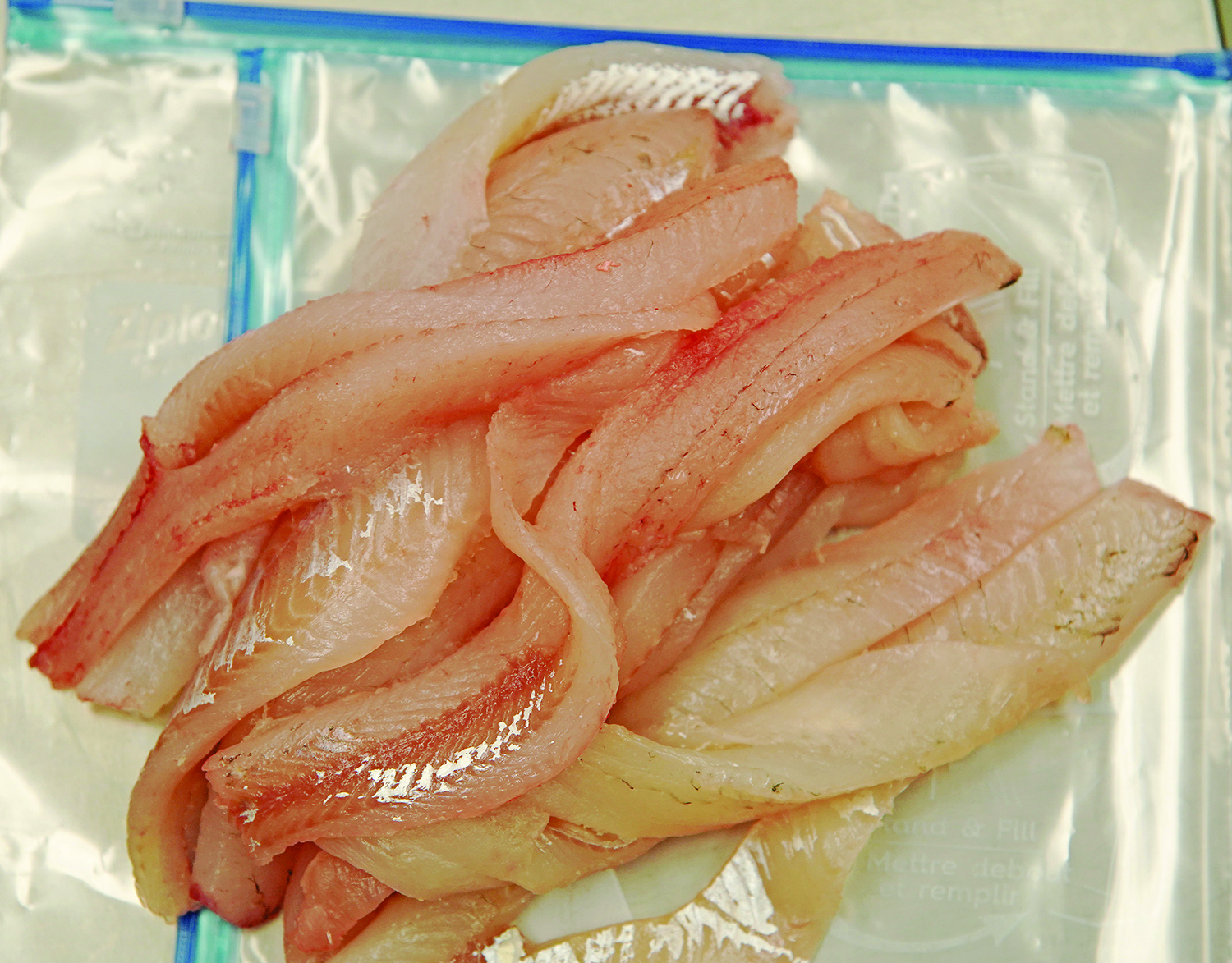 Mariah Mattson, Bismarck, admires a walleye she caught on Lake Sakakawea.
Mariah Mattson, Bismarck, admires a walleye she caught on Lake Sakakawea.While “quality of life” lacks a clear definition, most people have their own interpretation of what it means.
Recently, I read that even with all the negativity in today’s highly volatile political climate, our nation still rates No. 4 in the world in the Better Life Index. And for those of us who have chosen to live on the prairies of North Dakota, we know we have a lot of advantages over the rest of the country.
For example, a relatively recent national survey revealed that North Dakotans were No. 15 in the Happy and Healthy State index. And in yet other individual surveys, North Dakota came in at No. 4 as the happiest state, No. 4 in the Quality of Life index, and No. 4 for the proportional number of residents involved in outdoor recreation.
Regardless of what measurement is used, North Dakotans tend to be happy and outdoorsy. For all those people who were raised in North Dakota and remain, we are here for a reason.
I’ve long been blessed to be surrounded by wonderful family and good friends. In addition, I’m one of only a couple dozen people in the state who are fortunate to wear two hats – one as a fisheries biologist working in North Dakota and the other as an avid North Dakota angler.
The following is simply my perspective as to why working and playing in North Dakota leads to a higher quality of life.
Let’s start with work. Like virtually all Americans, my day starts with a morning commute. Unlike most Americans, my morning commute is short, typically less than 8 minutes. This is shorter than the 15.8 minutes it takes the average North Dakotan to get to work and far shorter than the 25.5 minutes it takes the typical U.S. worker. This is relevant because I believe I start off the day in a far better state of mind versus those elsewhere who have waited in traffic.
Not only is my commute short, once I get to work, I have other amenities beyond a computer, desk and chair. For one, the view out my office window is on occasion more than asphalt. I have observed a turkey, pheasants and even watched a hen mallard and a hawk nest. Further, few, if any, of the nation’s fisheries chiefs can look out their windows at their respective headquarters and watch cattle grazing on native prairie, yet I can.
Also, while taking my daily walks on Game and Fish Department grounds, I’ve observed deer, coyotes and many bird species. And if I’m lucky, I get to see the best of it all … a young child with a smile bigger than the fish they just caught from our OWLS pond. Few of the nation’s fisheries chiefs have the quality of life daily experiences while working at their respective headquarters.
Other than the occasional peek out my office window, my daily work routine is usually anything but routine. Given the magnitude of differing fishing waters across North Dakota, coupled with the dynamic nature of managing our state’s fisheries, both the everyday challenges and rewards are many. And teaming with staff and the fishing public to address these challenges has resulted in a long list of successes.
Perhaps most important to successfully managing these fisheries is to have a strong starting point. Since I lived/worked through the drought conditions of the late 1980s and early 1990s, I’ve witnessed the dramatic changes in North Dakota’s land and waterscape beginning in 1993.
Up until a few years ago, it seemed like every year we were setting records on the number of fishing lakes (many of them very good lakes), angler participation and license sales. During the past 20-plus years, we have lived through a time when moisture has been excessive, resulting in more than 400 fishable water bodies.
 Fishing at the OWLS Pond near Game and Fish Department headquarters in Bismarck.
Fishing at the OWLS Pond near Game and Fish Department headquarters in Bismarck.When you think about it, even with the recent spurt in North Dakota’s population, we still have more acres of fishable waters than we have citizens of the state.
Fortunately, we live in a state where landowners are friendly to fishing. Public access agreements with these landowners have allowed us to fully develop the potential of many fishing lakes. We have numerous landowners across the state who provide up to a couple acres of land at no charge so that boat ramps and other conveniences can be developed.
North Dakota is also home to a large “walleye fish factory.” This factory is often referred to as Garrison Dam National Fish Hatchery, and given the unique and highly efficient partnership between the state and federal government, North Dakota waters regularly receive more than 10 million walleye fingerlings (by far the most in North America) produced at the fish factory.
And, of course, we have a strong constituency that likes to fish. Whether rural or urban, more than 1 in 4 North Dakotans purchase a fishing license annually, which always places the state in the top 10 in terms of angler participation.
Lastly, resident (and nonresident) anglers are truly fortunate to have the nation’s best fisheries staff working for them.
I’ve visited most of the 400 lakes across the state, traveled hundreds of thousands of miles on North Dakota’s graveled backroads, and even tagged along over the years with our fisheries crews, touching on every one of the 2,000-plus miles of Missouri River System shoreline. I’ve witnessed firsthand what the fisheries staff gets done in a day – and it’s truly world-class. Collectively, they’ve done a fantastic job of providing fish in our waters and connecting those fish with anglers
 Justen Barstad (left), Game and Fish Department fisheries technician and Kelly Zorn, Department seasonal employee, with some nice yellow perch from Alkaline Lake.
Justen Barstad (left), Game and Fish Department fisheries technician and Kelly Zorn, Department seasonal employee, with some nice yellow perch from Alkaline Lake.When it comes to recreating, fishing is a big component in North Dakota’s outdoor wonderland. In the course of a fishing year, I not only fish for, but routinely catch what I’m seeking – generally walleye, yellow perch and northern pike. And I know quality opportunities abound for other species, including smallmouth bass, crappie, bluegill and trout. I typically fish about a dozen different waters in a year, and I can almost always find solitude while catching fish if that’s what I’m after.
I appreciate the fact that I can fish in most every water in the state no matter the season. And the cost of my fishing license that provides this privilege is less than $20.
While it’s easy to get addicted to today’s electronics and the need to be continually connected, it often feels like we’re more disconnected with our neighbors than ever before. Fishing, on the other hand, remains a viable alternative in truly bringing people together. Fishing North Dakota waters with friends and family will hopefully continue to strengthen bonds and we won’t let outside distractions get in the way.
Many quality of life (or similar) indices have been developed using varying statistics, but one constant included in most is some measurement of the natural environment we inhabit. In my case, access to fishing opportunities is central to my quality of life and I’m forever thankful for what North Dakota has to offer.
If you are new to fishing, give it a try. If you once fished, come back, and see what it now has to offer. And if you consider yourself an active angler, take along someone new to fishing. In the end, you could be the reason for improving someone’s quality of life.
ANS Fee for Motorboats
In 2019, state lawmakers created an aquatic nuisance species fund in the state treasury to assist in ongoing ANS outreach and monitoring efforts around the state.
This new state law, effective January 1, 2020, establishes an ANS fee of $15 for each motorized watercraft registered in North Dakota to run concurrent with the three-year watercraft registration period.
For motorized watercraft operated on North Dakota waters and not licensed in North Dakota, the law also established an ANS fee of $15 to be paid for each calendar year, and requires display of an ANS sticker on the watercraft.
North Dakota watercraft owners are reminded that 2020 is the first year of the new three-year registration period. Watercraft registrations must be renewed online by visiting My Account at the Game and Fish Department’s website, gf.nd.gov. A credit card is required.
The price to register motorboats in North Dakota under 16 feet in length, and all canoes, is $18; motorboats from 16 feet to less than 20 feet in length is $36; and motorboats at least 20 feet in length is $45. Fees are prorated.
2020-22 Fishing Regulations
The 2020-22 North Dakota Fishing Guide has a new look. The 52-page document offers the same information, but in a much more user-friendly format. Anglers can find the guide online, or at Game and Fish Department offices and license vendors throughout the state.
Noteworthy regulation changes include:
- Fish may be filleted for transport, unless size limits apply, under the following conditions: Each individual portion of the meat removed from a fish is considered a fillet (fish cheeks and pectoral girdles (wings) are not considered as fillets and are legal to transport); two fillets are counted as one fish; and the packaging of fish must be done in a manner so that the fillets can be readily separated and counted. If fillets are frozen, they must be packaged so that the fillets are separated and thus can be easily counted without thawing. View examples here.
- Lake Ashtabula and Whitman Dam are added to the list of waters where darkhouse spearfishing is not allowed.
- The smallmouth bass daily limit increased from three to five in the Missouri River and lakes Sakakawea, Oahe, Audubon, Darling, Ashtabula and Heart Butte.
- Area and time for paddlefish extended snag-and-release days is expanded.
The packaging and transport of fish fillets apply to all species. To the right is just one example of legally packaged walleye fillets. The two fillets equal one fish. The cheeks and pectoral fins or wings can be transported with the fillets. You can include more than one fish (two fillets) in a package, but they must be readily separated so they can be quickly counted.
Multiple fillets like this, packaged together and frozen, would be illegal for transport, as they are not easily separated and counted.





